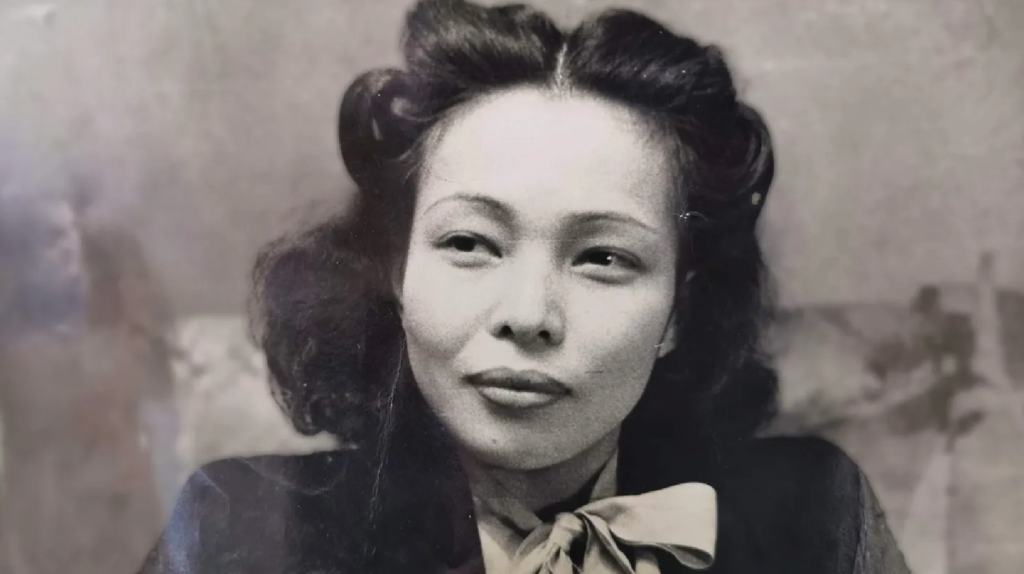Sometimes, the people who are the quietest do the most to save democracy. EMMA UNSON ROTOR is one such hero.

A gifted mathematics teacher, Emma followed her husband, famed author and scientist Arturo Rotor, to the United States from the Philippines in October, 1941. She entered the doctoral physics program at Johns Hopkins on a government-sponsored scholarship, but the Japanese invasion of the Philippines in 1942 ended that plan. In spite of a news black-out and not being able to contact her family, she focused her attention on endeavors that could save her homeland.
In January of 1944, she began work at the Ordnance Development Division (now the National Institute of Standards and Technologies), participating in ground-breaking research that led to the development of the radio proximity fuze.
The radio proximity fuze is considered the first “smart” weapon, and a monumental achievement in warfare behind the atomic bomb. In addition to authoring several papers on her own, she also co-authored a number of research papers and is noted for editing most, if not all, research done on this project. Unfortunately, due to the classified nature of this project, we may never know the exact depth of her contributions to this field.
In spite of this substantial contribution to modern warfare, Emma is relatively unknown. Even her family didn’t know until recently. Her family describes her as a modest, humble woman who cared deeply for her students and never talked about her work. She is remembered for her beautiful yard, her orchids, and her love for her family. Now, thanks to her niece, Ria Unson, a visual artist, she is no longer consigned to the footnotes of history.
To read more:

